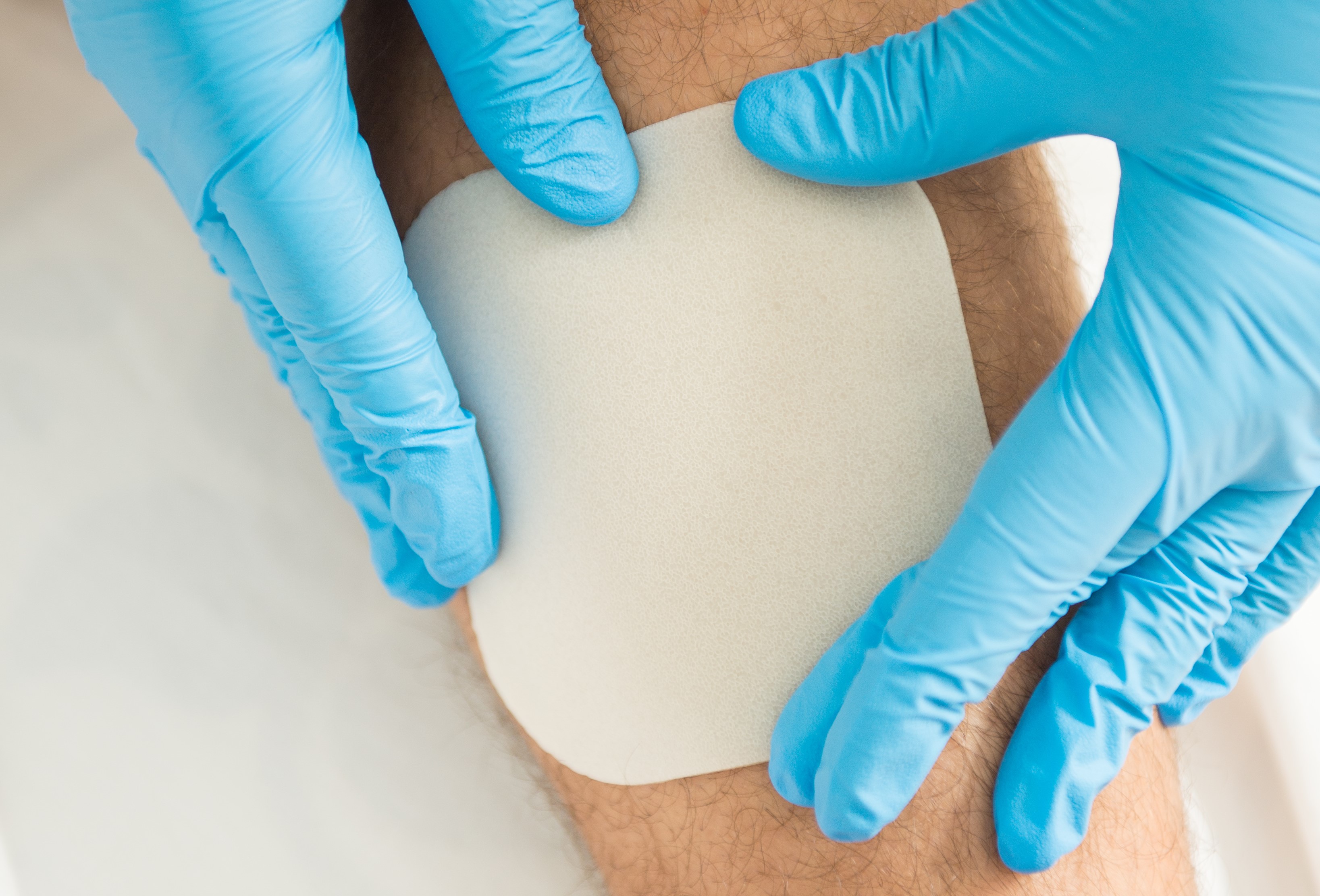Adjunctive therapies are additional treatment options that can be used with standard wound care management to promote wound healing. These therapies, also known as wound care treatment adjunctive therapies or wound care treatment alternatives, can include a variety of interventions such as negative pressure wound therapy, hyperbaric oxygen therapy, and topical agents and dressings.
While standard wound care management is effective for many wounds, some may require additional support to heal properly. Adjunctive therapies can support and help speed up the healing process.
In this article, we will explore the different types of adjunctive therapy for wound management, their benefits and considerations, and the role of healthcare professionals in selecting and applying these therapies. By understanding adjunctive therapies for wound care, individuals can make informed decisions about their wound care treatment options and improve their healing outcomes.
Types of Adjunctive Therapy for Wound Management
There are various types of adjunctive therapy for wound management, each with unique benefits and considerations. Some of the most common adjunctive therapies include
Negative Pressure Wound Therapy (NPWT):
This therapy involves using a vacuum dressing to promote wound healing by removing excess fluid and promoting blood flow to the area.
Hyperbaric Oxygen Therapy (HBOT):
This therapy involves breathing pure oxygen in a pressurized chamber to increase the amount of oxygen in the blood, which can improve wound healing.
Growth Factors and Bioengineered Tissue:
These therapies use growth factors or bioengineered tissue to promote tissue growth and healing.
Electrical Stimulation Therapy:
This therapy uses electrical currents to stimulate wound healing.
Compression Therapy:
This therapy involves using pressure to reduce swelling and improve blood flow to the wound.
Topical Agents and Dressings:
These therapies involve creams, ointments, or dressings to promote wound healing and prevent infection.
When selecting an adjunctive therapy for wound management, healthcare professionals will consider factors such as the type and severity of the wound, the patient's overall health and medical history, and the potential benefits and risks of each therapy. By carefully considering these factors, healthcare professionals can select the most appropriate adjunctive therapy to help promote healing and improve outcomes.
Benefits and Considerations of Adjunctive Therapy for Wound Management
There are several benefits to using adjunctive therapy for wound management. For instance, adjunctive therapies can help to:
Promote faster wound healing:
Some adjunctive therapies are designed to promote faster tissue growth and healing, which can help speed up the healing process.
Improve wound outcomes:
By using adjunctive therapies, healthcare professionals can improve wound outcomes by reducing the risk of infection and minimizing scarring.
Address complex wounds:
Some wounds may be particularly complex or difficult to manage with standard wound care techniques alone. Adjunctive therapies can provide additional support and management to help promote healing in these cases.
However, there are also considerations to keep in mind when considering the use of adjunctive therapies. For example,
Cost:
Some adjunctive therapies can be expensive, and insurance coverage may vary depending on the therapy.
Risks and side effects:
As with any medical treatment, there are potential risks and side effects associated with adjunctive therapies. Healthcare professionals will carefully consider these risks when selecting an adjunctive therapy for wound management.
Suitability:
Not all adjunctive therapies are suitable for all types of wounds. When selecting an adjunctive therapy, healthcare professionals will carefully evaluate the wound and the patient's medical history and overall health.
By carefully weighing the potential benefits and considerations of adjunctive therapy for wound management, healthcare professionals and patients can make informed decisions about their wound care treatment options.
Summing It Up
There are many examples of adjunctive therapy for wound management that healthcare professionals may consider when developing a treatment plan. Here are a few:
Negative Pressure Wound Therapy (NPWT):
NPWT is an adjunctive therapy that uses a vacuum dressing to promote wound healing. It is often used to treat complex wounds such as pressure ulcers, diabetic foot ulcers, and surgical wounds.
Hyperbaric Oxygen Therapy (HBOT):
HBOT involves breathing pure oxygen in a pressurized chamber to increase the amount of oxygen in the blood. It is often used to treat chronic wounds, such as those caused by radiation therapy or diabetes.
Growth Factors and Bioengineered Tissue:
These therapies use growth factors or bioengineered tissue to promote tissue growth and healing. They may be used to treat chronic wounds or burns.
Electrical Stimulation Therapy:
Electrical stimulation therapy uses electrical currents to stimulate wound healing. It may be used to treat chronic wounds or pressure ulcers.
Compression Therapy:
Compression therapy involves using pressure to reduce swelling and improve blood flow to the wound. It is often used to treat venous leg ulcers.
Topical Agents and Dressings:
These therapies involve creams, ointments, or dressings to promote wound healing and prevent infection. They may be used to treat a variety of wounds, depending on the patient's specific needs.
When selecting an adjunctive therapy for wound management, healthcare professionals will carefully evaluate the patient's medical history, overall health, and the specific needs of the wound. By considering a range of wound care treatment alternatives, healthcare professionals can develop a treatment plan tailored to each patient's unique needs.



.webp)

.avif)